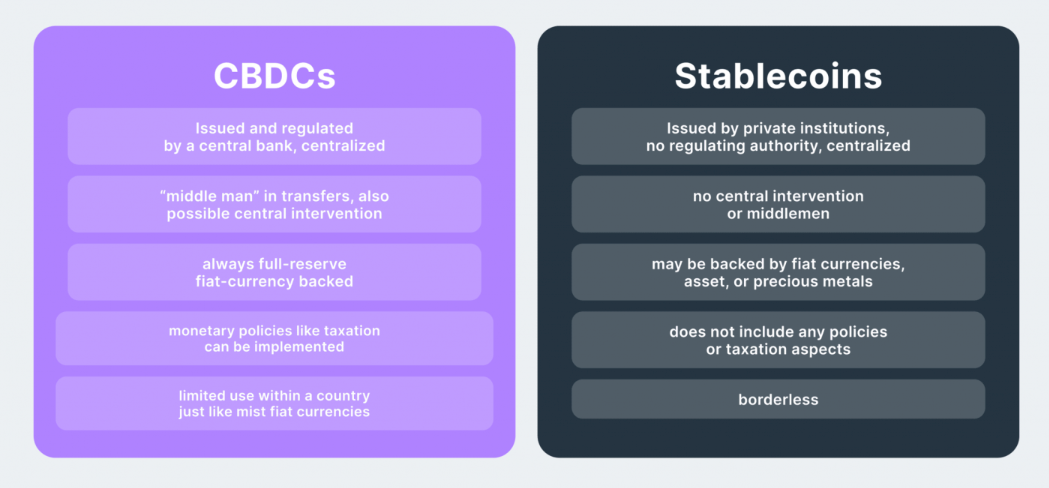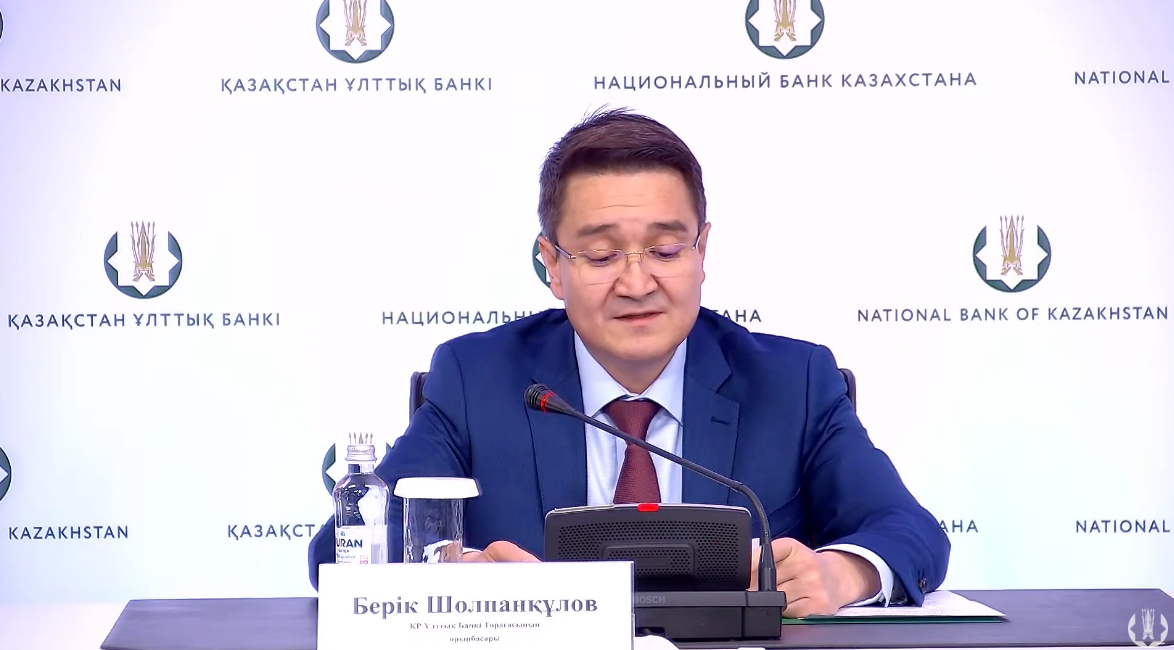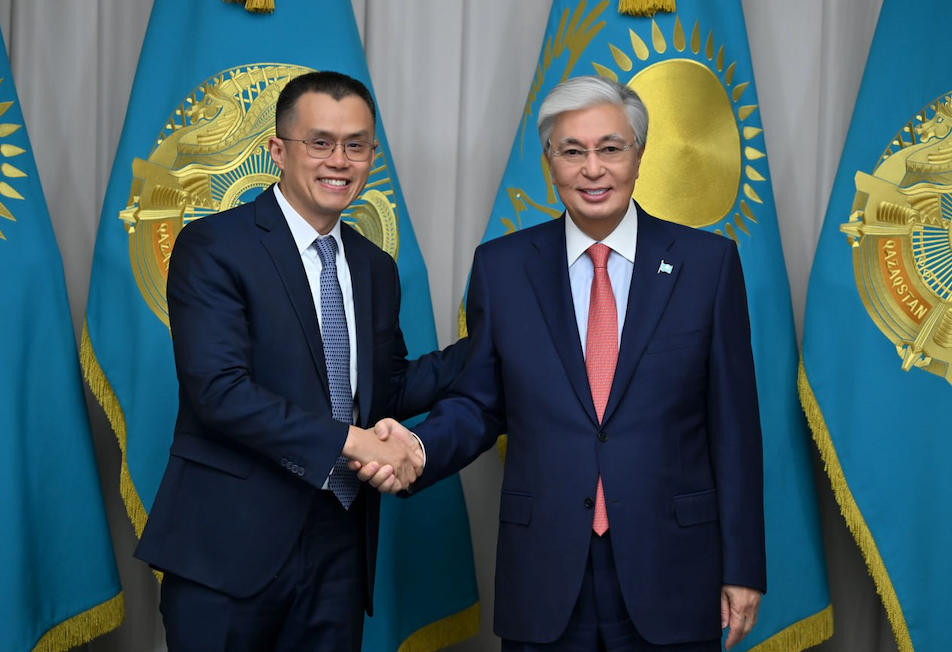
Kazakhstan Charts a Course: CBDC and Stablecoin Coexistence
The Central Asian nation of Kazakhstan is forging ahead with a fascinating, and potentially trend-setting, approach to the future of digital assets. Rather than viewing Central Bank Digital Currencies (CBDCs) and privately-issued stablecoins as competing forces, the National Bank of Kazakhstan (NBK) is fostering a dual-track system. This approach centers around the digital tenge, its CBDC, alongside the state-backed Evo stablecoin, creating a dynamic ecosystem that could serve as a model for other nations navigating the evolving crypto landscape.

The Digital Tenge: A Foundation for National Sovereignty
The digital tenge, currently in a pilot phase since 2023, is designed to be legal tender, equivalent to traditional fiat currency. The NBK envisions the digital tenge as a cornerstone of its monetary policy and a critical tool for interbank settlements. Deputy Governor Berik Sholpankulov emphasizes the role of the digital tenge in ensuring the independence of Kazakhstan’s payment infrastructure, a crucial aspect for financial sovereignty, especially in a world where the dominance of traditional currencies is being challenged.

Evo Stablecoin: Bridging the Gap to the Crypto Ecosystem
Simultaneously, Kazakhstan is exploring the potential of state-backed stablecoins. The Evo stablecoin, launched in collaboration with Solana and Mastercard, aims to integrate the country’s economy more fully into the global crypto market. Talgat Dossanov, founder of Intebix exchange, highlights how Evo can serve as a practical instrument for businesses and consumers. Evo is envisioned to facilitate cross-border payments and attract international projects, essentially acting as a gateway to the broader crypto ecosystem.
A Two-Tier System: Synergy, Not Competition
The NBK views the digital tenge and Evo as complementary forces, not rivals. The central bank sees the interplay between the CBDC and the stablecoin as a “two-tier system.” This model assigns distinct roles: the digital tenge as the backbone for monetary policy and interbank operations, and Evo providing practical utility for everyday transactions and engagement with the crypto economy. This strategy is a deliberate move, contrasting with approaches that view these digital assets as competing for dominance.
Kazakhstan‘s Crypto Ambitions: Becoming a Regional Leader
Kazakhstan‘s embrace of both CBDCs and stablecoins reflects a broader ambition: to become the leading crypto hub in Central Asia. The nation has already demonstrated its commitment by allowing regulatory fees to be paid in stablecoins and launching spot Bitcoin funds. Furthermore, Kazakhstan is actively courting major crypto players, as evidenced by meetings between the NBK and former Binance CEO Changpeng Zhao. This proactive approach underscores the country’s dedication to fostering innovation in the digital asset space.

Potential Implications and Future Developments
Kazakhstan‘s strategy could offer valuable lessons for other nations. By embracing both CBDCs and stablecoins, the country could strike a balance between financial control and market innovation. As the regulatory landscape matures, it will be interesting to observe how the digital tenge and Evo evolve, and whether this dual-track approach proves to be a successful model for other emerging economies. The integration of fintech and the development of payment solutions built on the digital tenge also present exciting possibilities for Kazakhstan’s economic future.


